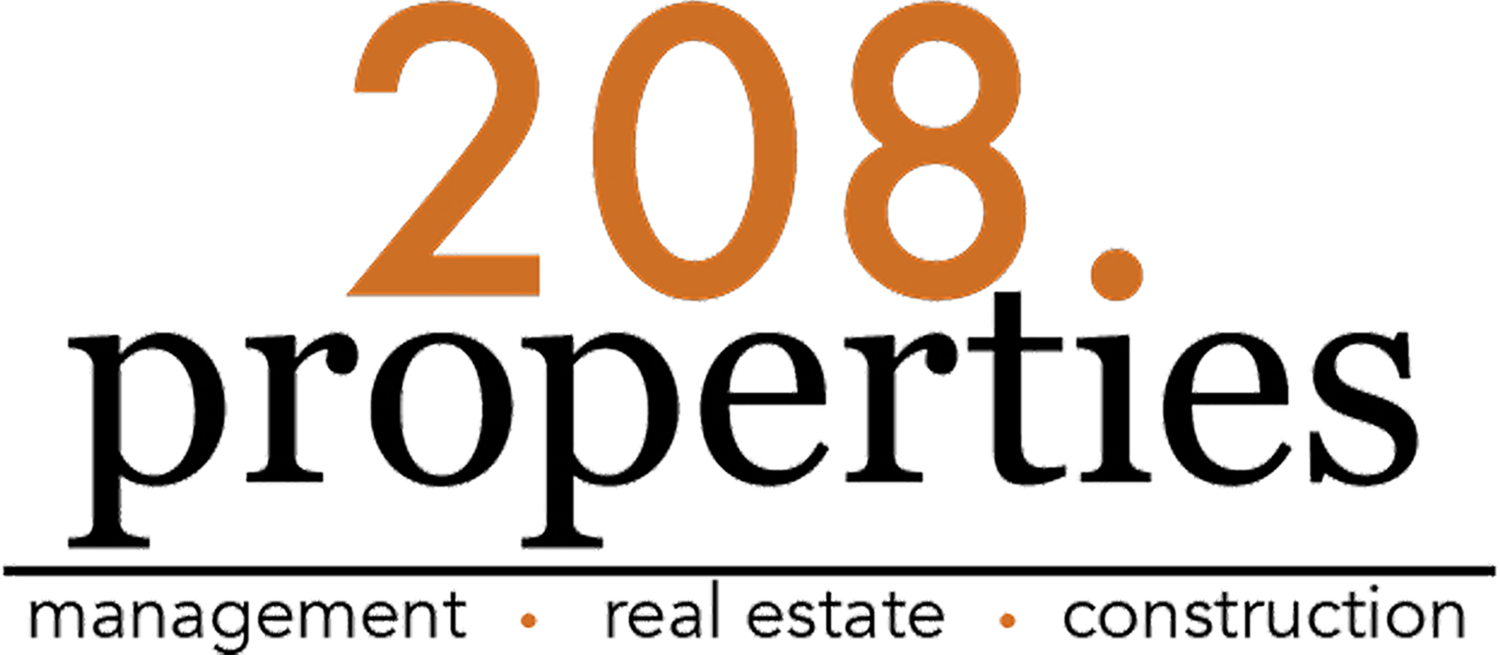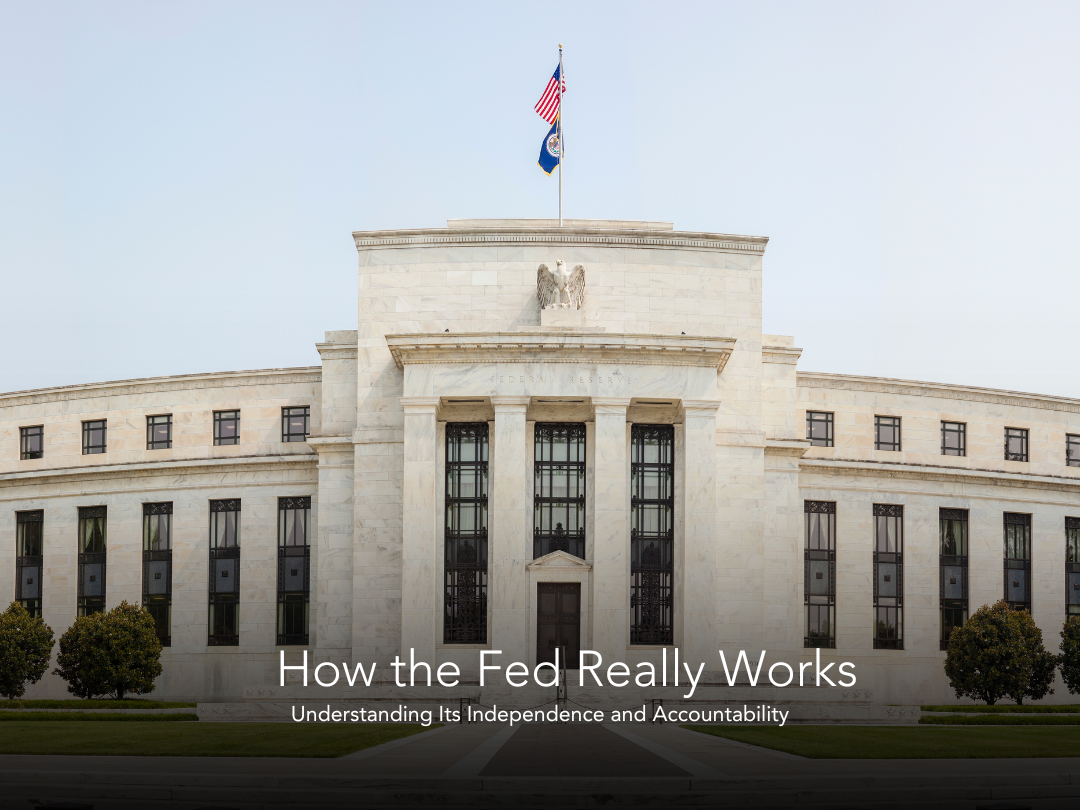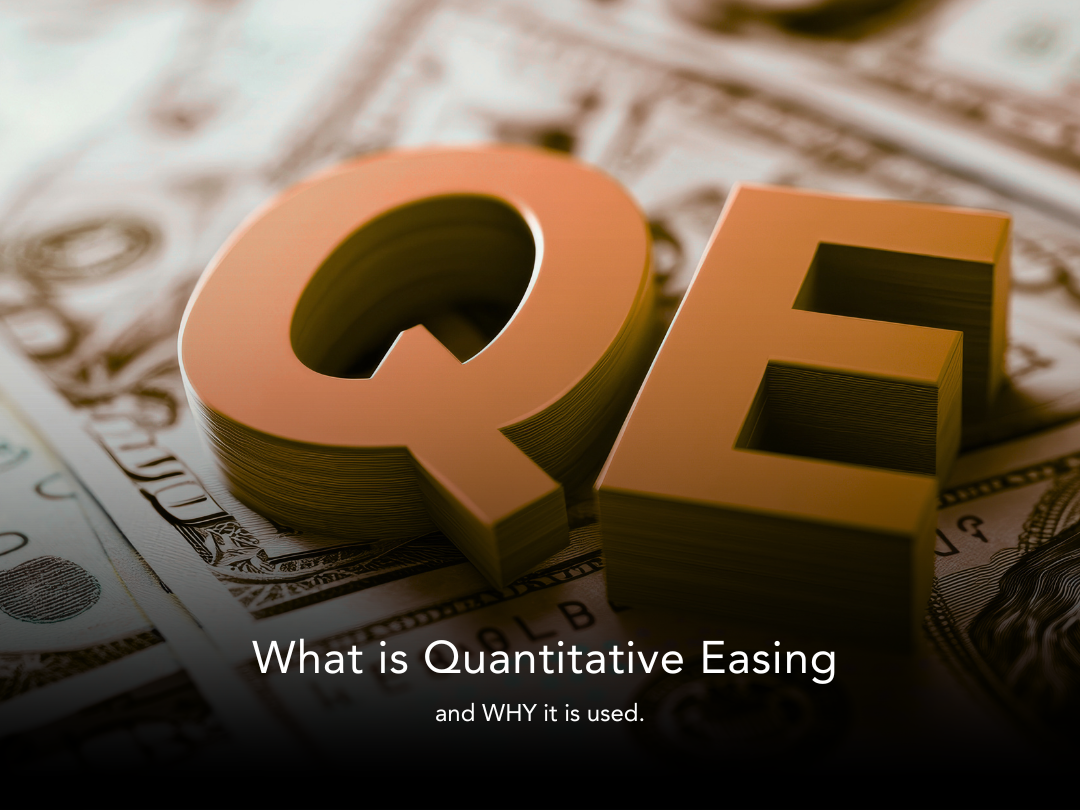The Federal Reserve — often called "the Fed" — plays a critical role in the United States economy by managing monetary policy, supervising banks, maintaining financial stability, and providing banking services. Despite its powerful influence, a common misconception persists that the Federal Reserve works directly for the President of the United States or that it is a private company. In reality, the Fed operates independently within the government, with a unique structure that balances public accountability with political insulation.
The Federal Reserve Does Not Work for the President
The Federal Reserve is an independent central bank. This means that while it was created by Congress and must operate within the framework of U.S. law, it does not take orders from the President or Congress on how to conduct its day-to-day operations, particularly in areas like setting interest rates or managing inflation.
This independence is critical because monetary policy decisions — such as raising or lowering interest rates — can have major short-term political consequences. If the Fed were subject to direct political control, leaders might be tempted to push for lower interest rates to stimulate the economy before elections, even if such moves could hurt long-term economic health (e.g., cause runaway inflation).
However, the Fed is not completely free from oversight. It must regularly report to Congress, explaining its actions and answering questions. In addition, its goals — such as maximum employment and stable prices — are set by law, meaning the Fed must act within the mandates given to it by elected officials.
What Type of Organization Is the Federal Reserve?
The Federal Reserve System is a quasi-public organization, meaning it has both private and public elements:
Public side
The Board of Governors — located in Washington, D.C. — is an official government agency. Board members, including the Chair, are appointed by the President and confirmed by the Senate. They serve staggered 14-year terms designed to cross multiple administrations, further reinforcing independence.
Private side
The 12 regional Federal Reserve Banks (such as the Federal Reserve Bank of New York or San Francisco) are technically set up like private corporations, with member banks (private banks in their districts) holding shares of stock. However, these shares do not work like normal corporate stock: they cannot be sold or traded, and they entitle the holders to a fixed 6% annual dividend, not ownership rights or control. The regional banks operate under the oversight of the Board of Governors.
Thus, the Federal Reserve System blends private-sector experience and efficiency with public-sector accountability and goals.
Who Does Jerome Powell Report To?
Jerome Powell, the current Chair of the Federal Reserve Board of Governors (as of 2025), does not report to the President. Instead, he operates independently within the responsibilities assigned by law.
Powell's main lines of accountability are:
Congress
He regularly testifies before Congress — particularly the House Financial Services Committee and the Senate Banking Committee — about the state of the economy, monetary policy, and the Fed’s actions. These hearings are public and intended to ensure transparency.
Federal Reserve Board of Governors
As Chair, Powell leads the Board but is still only one of seven governors (when fully staffed). Decisions like interest rate changes are made collectively through voting, particularly in meetings of the Federal Open Market Committee (FOMC), which includes the governors and regional bank presidents.
Public Accountability
Through public reports, speeches, and press conferences, Powell communicates the Fed's actions and goals to financial markets and the broader public.
Is the Federal Reserve a Private Company?
No, the Federal Reserve is not a private company. Although parts of the Fed have features resembling private entities (such as the regional banks having stockholders), it is fundamentally a government-created institution with a public mission.
The confusion often comes from:
The structure of regional Federal Reserve Banks.
The fact that the Fed does not receive its funding through the congressional budget process (it funds itself through its operations, primarily interest on government securities it owns).
Its unusual degree of independence compared to most government agencies.
Importantly, profits made by the Federal Reserve — after covering its operating expenses and paying dividends to member banks — are turned over to the U.S. Treasury, not retained for private benefit. In 2022, for example, the Fed sent tens of billions of dollars back to the U.S. government.
Reality
No. Independent from Executive Branch.
Quasi-public central bank (mix of public/private traits)
Primarily Congress and the public
No. Created by Congress with public accountability
Aspect
Works for the President?
Type of Organization
Jerome Powell reports to
Private company?
In short, the Federal Reserve operates independently to shield the U.S. economy from short-term political pressures, while remaining accountable to Congress and the American people. It is not a private company, nor is it an arm of any sitting President. Its unique structure is designed to balance expertise, independence, and accountability — a delicate balance that underpins much of the modern American economy.









